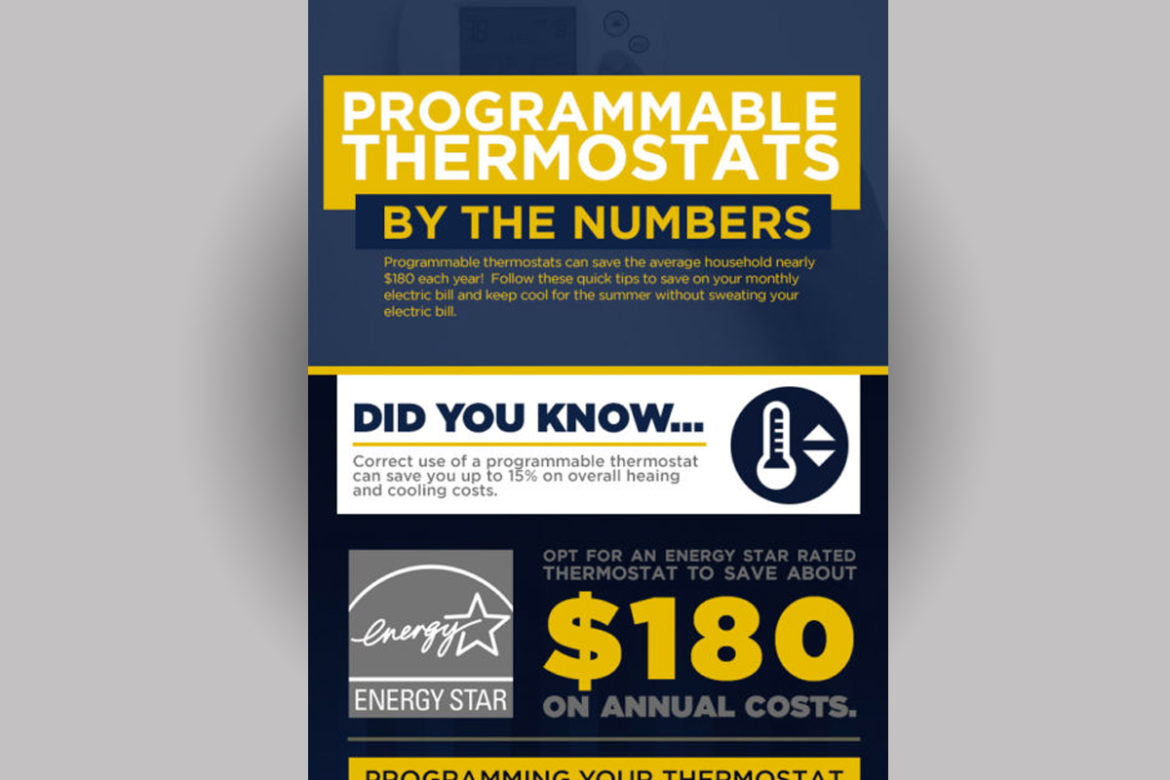Learn Exactly How To Ensure The Efficiency And Durability Of Your Heatpump System By Steering Clear Of Typical Setup Blunders
Learn Exactly How To Ensure The Efficiency And Durability Of Your Heatpump System By Steering Clear Of Typical Setup Blunders
Blog Article
Article By-Lykke Morris
When setting up a heatpump, you should avoid common blunders that might threaten its effectiveness. Ignoring proper sizing may result in inadequacies and higher energy costs. Overlooking insulation and securing could lead to power waste and pressure on the system. Furthermore, positioning the exterior unit improperly might influence its efficiency. By preventing these errors, you can make sure optimum functioning and toughness of your heat pump system.
Improper Sizing of Heat Pump
When it involves the setup of heatpump, one of one of the most typical mistakes is improperly sizing the unit for your room. Ensuring the right size is essential for optimum efficiency. If the heatpump is too little, it will certainly have a hard time to warmth or cool your room successfully, causing raised power bills and possible damage on the system.
On the other hand, if the heat pump is as well large, it will certainly cycle on and off regularly, causing temperature variations and lowering its lifespan.
To prevent this blunder, it's vital to have an expert assess your space and advise the appropriate size of the heatpump based upon factors like square video, insulation, ceiling height, and regional environment. By spending the time and effort to make certain the appropriate sizing, you can take pleasure in a comfy environment while making best use of energy efficiency and extending the life expectancy of your heatpump.
Inadequate Insulation and Sealing
To ensure the reliable procedure of your heatpump, it's important to resolve poor insulation and securing in your area. Appropriate insulation helps maintain a constant temperature level inside, lowering the workload on your heat pump. Insufficient insulation can result in energy loss, making your heatpump job harder and less successfully.
Sealing any type of gaps or leaks in your room is just as important. These gaps enable conditioned air to get away and outside air to leak in, compeling your heatpump to compensate for the temperature level variations.
Incorrect Positioning of Outdoor System
Dealing with the positioning of your heat pump's outside system is crucial to enhancing its efficiency. Setting up https://best-hvac-contractors32221.ourcodeblog.com/30646669/evaluating-heat-pump-alternatives-identifying-the-perfect-type-for-your-home in a wrong place can lead to performance issues and prospective damages to the unit.
https://best-heating-and-cooling33210.blogsidea.com/36768250/symptoms-indicating-your-heat-pump-requirements-focus-major-red-flags-to-watch-out-for to stay clear of is positioning the exterior system as well close to a wall or various other frameworks. look at here now can limit airflow, causing the system to work harder to heat or cool your room, ultimately lowering its effectiveness and life-span.
One more mistake to avoid is positioning the exterior unit in straight sunshine. While some sunlight is inescapable, extreme direct exposure can lead to getting too hot, specifically throughout hot summer season days. It's best to place the exterior device in a shaded location to help preserve its ideal operating temperature.
In addition, ensure that the outdoor unit is put on a secure and degree surface area. https://down-spout-cleaner73951.fare-blog.com/30617953/comprehensive-overview-to-ready-your-home-for-heat-pump-setup can trigger resonances and unneeded pressure on the system, impacting its performance over time.
Final thought
In conclusion, avoiding usual mistakes throughout heatpump setup is important for making the most of efficiency and long life of your system. By making certain appropriate sizing, sufficient insulation, securing, and appropriate positioning of the outdoor system, you can stop problems such as ineffectiveness, enhanced energy bills, and strain on the device. Putting in the time to address these key aspects will ultimately conserve you time and money in the long run.
